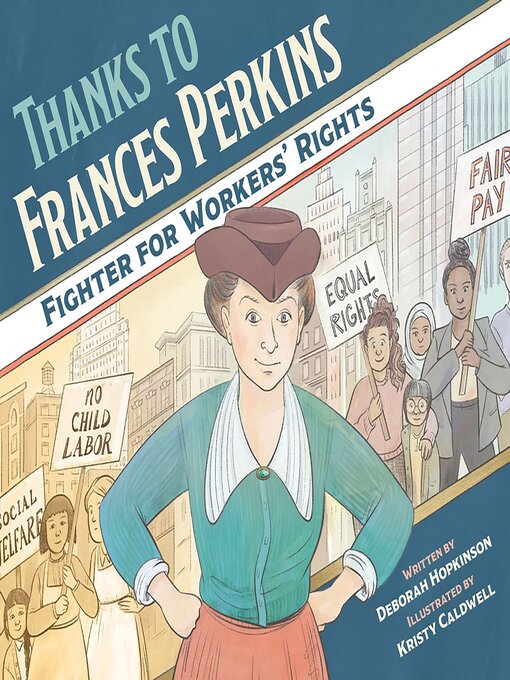An engaging picture book biography of Frances Perkins, the activist and first female United States cabinet member who created the Social Security program. From award-winning author Deborah Hopkinson.
At 31, Frances Perkins witnessed the Triangle Waist Factory fire in 1911, one of the worst industrial disasters in United States history. The event forever changed her, and she dedicated herself to the fight for workers' rights.
When she became Secretary of Labor in Franklin Delano Roosevelt's administration, she had the opportunity to make real her bold vision of a country where no one is left out and everyone is protected. Thanks to her efforts, we have the Social Security program, a move that changed Americans' lives for generations to come.
Deborah Hopkinson's energetic text and Kristy Caldwell's appealing illustrations unite to tell Perkins' fascinating story as well as introduce early concepts of financial literacy, the Social Security Act, and the New Deal. Back matter features more information about Frances Perkins, Social Security, and resources for economic education.
- Audiobooks for the Whole Family
- What's new?
- Popular titles
- Spanish Language Read-Alongs
- Check these out!
- See all audiobooks collections





